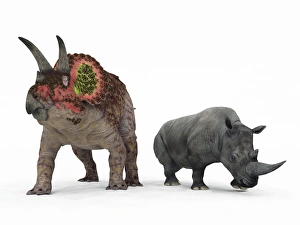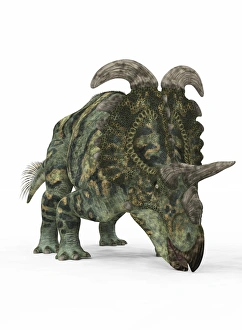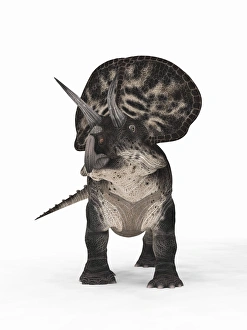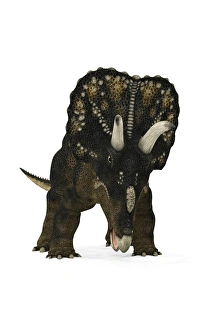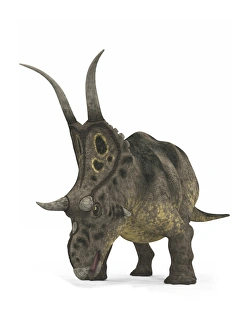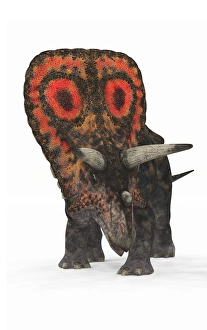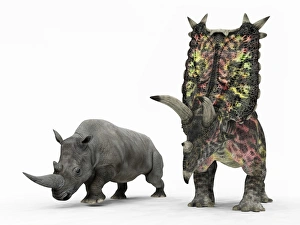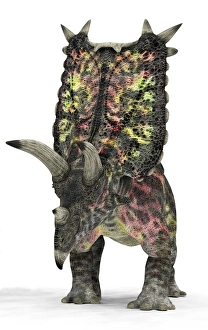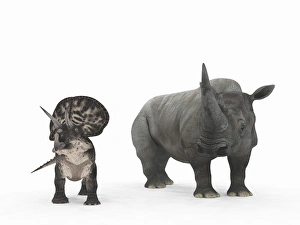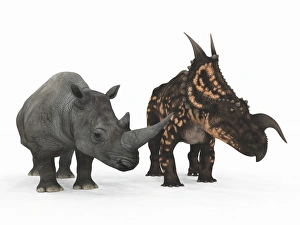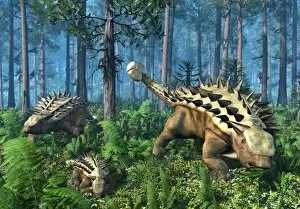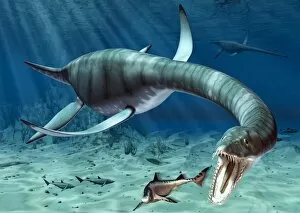Paleobiological Collection
Paleobiological wonders: Unraveling the mysteries of ancient life
All Professionally Made to Order for Quick Shipping
Paleobiological wonders: Unraveling the mysteries of ancient life. 🦕🌿✨ Step into a time machine and journey back millions of years to witness the awe-inspiring world of paleobiology. In this captivating scene, we compare cerapod dinosaurs to their modern-day counterpart, the rhino. Can you spot the similarities? As we explore further, our eyes are drawn to petrified wood, a remarkable relic from Earth's past. These fossilized remains offer us glimpses into prehistoric ecosystems that thrived during different geological periods. Transporting ourselves to Brazil's Cretaceous era (C013 / 7112), we find ourselves amidst an enchanting prehistoric landscape. Here, ceratopsian dinosaurs like Albertaceratops and Zuniceratops roam freely alongside other magnificent creatures. Venturing even deeper into history, we arrive at Australia's Triassic period (C013 / 7114). The air is filled with excitement as unique species flourish in this ancient realm. Amongst them stands Triceratops - one of the most iconic dinosaurs known for its distinctive frill and three-horned face. Its resemblance to today's rhinos is truly astonishing. But wait. Our exploration doesn't end there. We encounter Nedoceratops, Diabloceratops, Torosaurus - each displaying their own fascinating features that make them stand out in the dinosaur kingdom. Intriguingly enough, these horned giants share striking resemblances with both triceratops and rhinos – nature has indeed woven intricate connections throughout time. The juxtaposition between these extinct marvels and their living counterparts highlights just how much our planet has evolved over millions of years. Paleobiology continues to unravel secrets hidden within fossils while connecting dots across epochs. So next time you stumble upon a museum exhibit or delve into paleontological research, remember the incredible paleobiological wonders that await.




